Suggestions for Privacy
Gwen.S
9 years ago
Related Stories
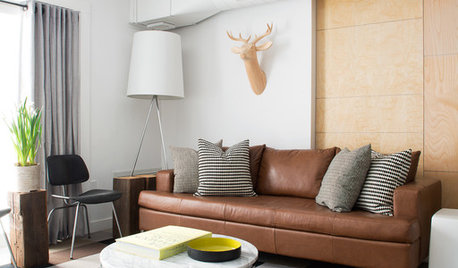
HOUZZ TOURSHouzz Tour: Nature Suggests a Toronto Home’s Palette
Birch forests and rocks inspire the colors and materials of a Canadian designer’s townhouse space
Full Story
GARDENING AND LANDSCAPINGGrow a Lush Privacy Screen
No need to wait forever for patio privacy the green way. These 10 ideas will get your screening up and running in no time
Full Story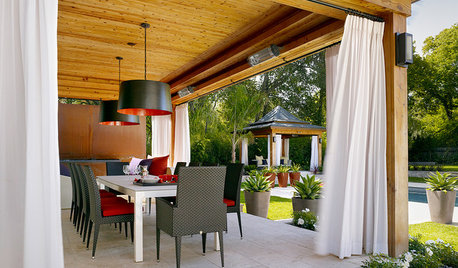
PATIOSGet Backyard Privacy the Subtler, Stylish Way
Why settle for a hulking brick wall when plants, screens and other refined backyard dividers do the job with panache?
Full Story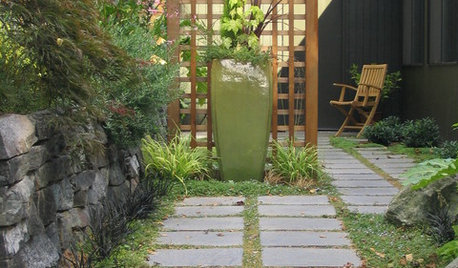
GARDENING AND LANDSCAPINGLandscapes Make a Privacy Statement
Between a fortress and a wide open space lies the sweet spot for just the right amount of privacy in your exterior spaces
Full Story
LANDSCAPE DESIGNThe 7 Best Plant Types for Creating Privacy and How to Use Them
Follow these tips for using different kinds of plants as living privacy screens
Full Story
GARDENING GUIDESGrow Your Own Privacy: How to Screen With Plants and Trees
Use living walls to lower your home and garden's exposure while boosting natural beauty in your landscape
Full Story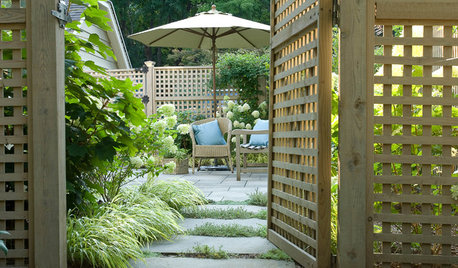
GARDENING AND LANDSCAPINGUpgrade Your Outdoor Privacy With Lattice
Keep prying eyes in their place while letting the light peek through when you add lattice fencing to your yard or patio
Full Story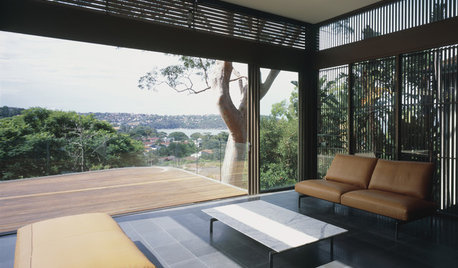
EXTERIORSWindow Wizardry: 7 Clever Approaches to Privacy
Do you want more privacy without losing your view or feeling boxed in? Take a look at these creative building solutions
Full Story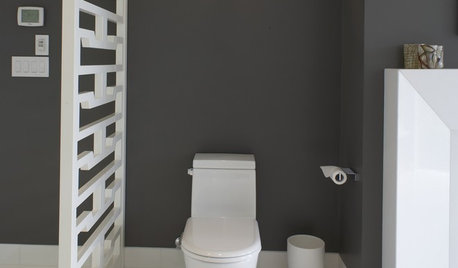
BATHROOM DESIGNHere's (Not) Looking at Loo, Kid: 12 Toilet Privacy Options
Make sharing a bathroom easier with screens, walls and double-duty barriers that offer a little more privacy for you
Full Story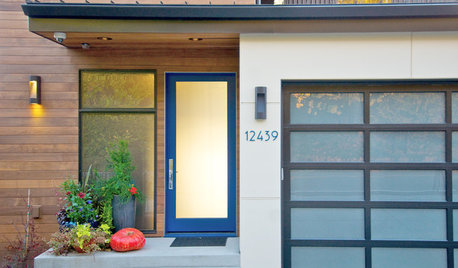
ENTRYWAYSGlass Doors That Welcome — and Protect Your Privacy Too
These front-door designs let in the light but keep your air-guitar performances safely in-house
Full Story








OregonGrape
Embothrium
Related Professionals
Marina Landscape Architects & Landscape Designers · Saint Charles Landscape Architects & Landscape Designers · Woburn Landscape Contractors · Choctaw Landscape Contractors · Emmaus Landscape Contractors · Glendale Heights Landscape Contractors · Las Vegas Landscape Contractors · Oakland Landscape Contractors · Ramsey Landscape Contractors · Tamarac Landscape Contractors · Channahon Fence Contractors · League City Fence Contractors · Ridgefield Park Fence Contractors · Sacramento Fence Contractors · Sandy Springs Fence Contractorsgardengal48 (PNW Z8/9)
oliveoyl3